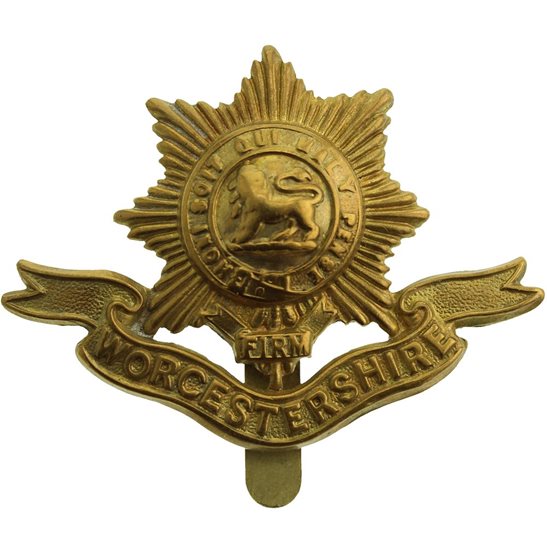Personal Details
Born: Henry Dodd, known as Harry, was born in Quarter 2 1892 in the Whitchurch, Shropshire Registration District.
Family: He was the second of three sons born to Thomas Dodd, a waggoner, and his wife Ann. His brothers were William and Clement. No marriage can be found for him.
Residence: In 1901 his family were living at Bradley, Malpas, Cheshire. Ten years later they had moved to Agden, Whitchurch, Shropshire. The address given for him on the 1919 Absent Voters Register was 36 Grindley Brook, near Whitchurch.
Employment: On his Attestation document February 1917 he stated his occupation was a waggoner.
Died: Not known
Military Details
Regiment: Worcester Regiment (previously Leinster Regiment and King’s Shropshire Light Infantry)
Rank: Private
Service Number: 69290 (previously 15360 and 32885)
Date of Enlistment: 3 March 1916
Date of Discharge: 31 March 1920
Reason for Discharge: Demobilisation
Other Information: Harry`s brother Clement also served in WW1 in the King’s Shropshire Light Infantry.
Harry was awarded the Campaign Medals (British War Medal, and Victory Medal).

The British War Medal (also known as 'Squeak') was a silver or bronze medal awarded to officers and men of the British and Imperial Forces who either entered a theatre of war or entered service overseas between 5th August 1914 and 11th November 1918 inclusive. This was later extended to services in Russia, Siberia and some other areas in 1919 and 1920. Approximately 6.5 million British War Medals were issued. Approximately 6.4 million of these were the silver versions of this medal. Around 110,000 of a bronze version were issued mainly to Chinese, Maltese and Indian Labour Corps. The front (obv or obverse) of the medal depicts the head of George V. The recipient's service number, rank, name and unit was impressed on the rim.
The Allied Victory Medal (also known as 'Wilfred') was issued by each of the allies. It was decided that each of the allies should each issue their own bronze victory medal with a similar design, similar equivalent wording and identical ribbon. The British medal was designed by W. McMillan. The front depicts a winged classical figure representing victory. Approximately 5.7 million victory medals were issued. Interestingly, eligibility for this medal was more restrictive and not everyone who received the British War Medal ('Squeak') also received the Victory Medal ('Wilfred'). However, in general, all recipients of 'Wilfred' also received 'Squeak' and all recipients of The 1914 Star or The 1914/1915 Star (also known as 'Pip') also received both 'Squeak' and 'Wilfred'. The recipient's service number, rank, name and unit was impressed on the rim.

